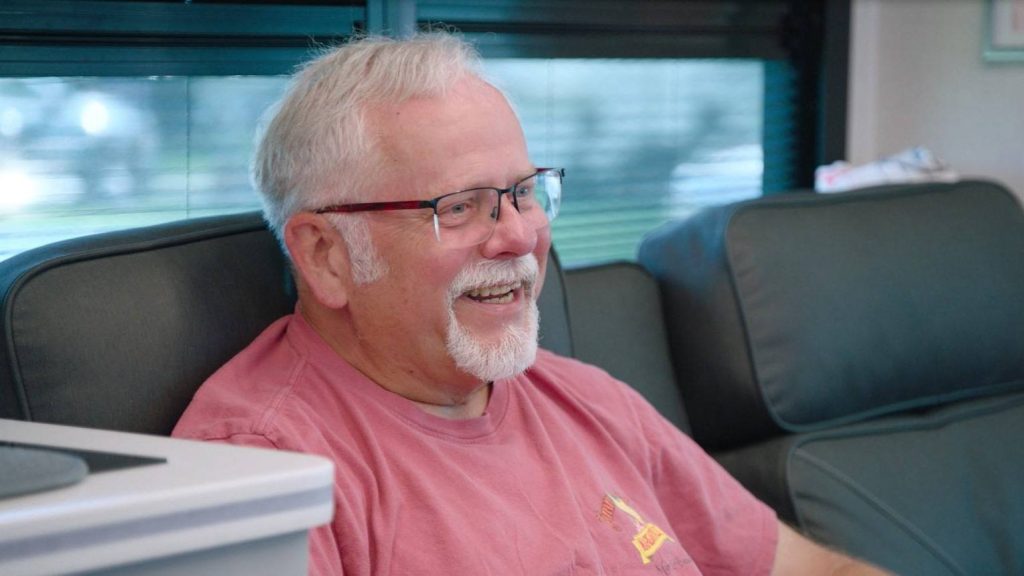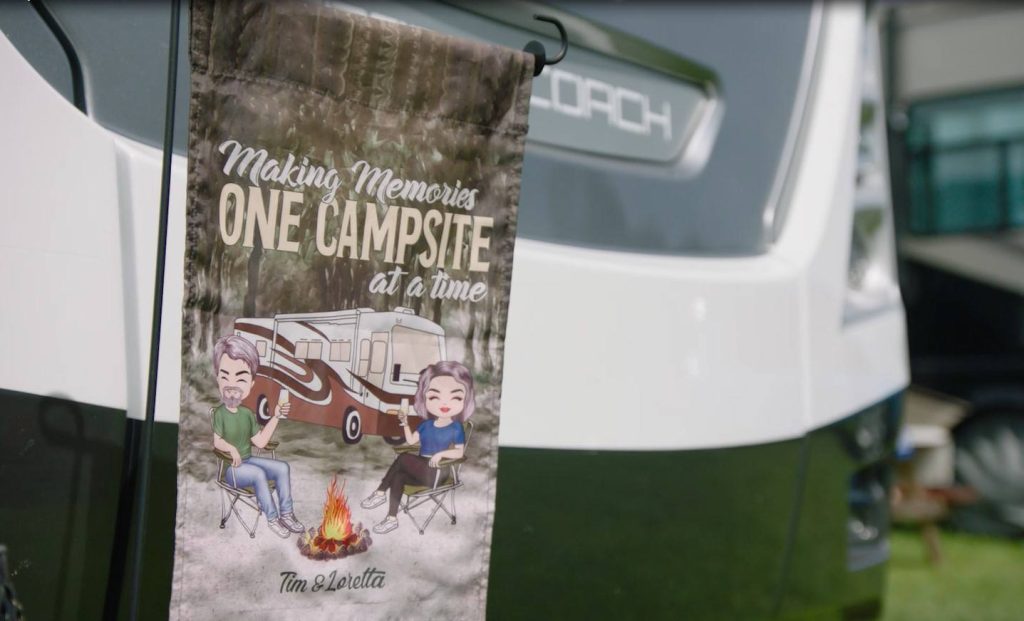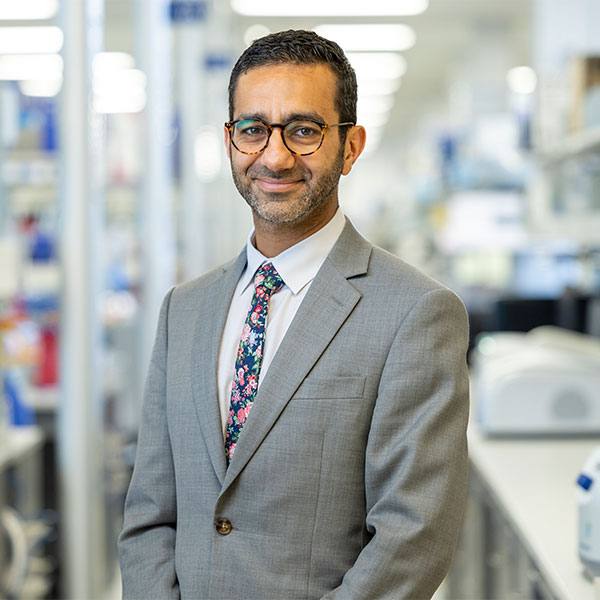-
Neurosciences
Clot-busting medication helps retiree return to the open road after a stroke

After dedicated careers, raising a family and preparing for retirement, Tim Fleming and his wife Loretta Fleming were ready for their next great adventure. But a stroke while traveling nearly took away Tim's golden years.
The fast recognition of symptoms and immediate treatment led to Tim's full recovery and put the couple back on the road.
Watch: Clot-busting medication helps retiree return to the open road after a stroke
Tim and Loretta Fleming started their long-anticipated travel adventure on the day he retired.
“We had a dream for some time," Tim recalls. "We had some friends that had an RV, and we went with them on a trip once, just said, 'That’s something we want to do.'"
The Flemings set out in the fall of 2023. They sold their home in Virginia and hit the road. By winter, they had set up camp near St. Augustine, Florida. Then, just before Valentine's Day 2024, Tim started experiencing symptoms consistent with a stroke.
“My hand went numb, my legs started to go numb, my mouth was starting to droop, and you know, full-on symptoms," he says.
Loretta’s fast action was crucial. She was working at a table in their RV when Tim began to cough in a concerning way, prompting her to check on him. That's when she recognized he was unable to speak or move his limbs. She called 911 immediately.
"I've seen what happens with strokes," says Loretta. "If it happened any later, I would have probably already been in bed, and I wouldn't have heard him because he couldn't talk to me."
EMS arrived within minutes. Confirming Loretta's suspicions of a stroke, the first responders decided to rush Tim to the closest Comprehensive Stroke Center: Mayo Clinic.
Dr. Stephen English, a Mayo Clinic neurologist, emphasizes the importance of time in stroke treatment. Nearly two million brain cells are lost each minute the brain is deprived of blood flow.
"In stroke, we talk about time is brain – that’s a mantra we live by," he says. "But we have a lot of evidence about the golden hour, meaning if we can deliver treatment within one hour of symptoms presenting, a medication that dissolves the blood clot is much more likely to be effective in the first hour."
Within 15 minutes of Tim's arrival at Mayo Clinic, his care team had identified the clot with a CT and CT angiogram and determined a treatment plan. He was given a clot-busting medication on the table and started to show signs of improvement shortly after.
"It was a miracle drug as far as I'm concerned; it definitely saved my life," says Tim. "I'm truly blessed, to be honest, that all of these things, you know, came together, the way that they came together, and Mayo had the clot-busting drug, and the experience, the knowledge, they move really quickly, in the emergency room. It's a miracle."
Dr. English credits first responders for recognizing signs of a severe stroke and bypassing nearby primary stroke centers to bring Tim to the closest Comprehensive Stroke Center without delay. As a result, Tim did not have lasting effects from the stroke.

"When we think about EMS education, we want to raise the floor so that anybody who has a stroke is able to get comprehensive and fast stroke care," says Dr. English. "Everything we're doing is ultimately to make sure that each patient has the best chance of a good meaningful outcome in terms of getting them back to the person they were before the stroke."
Loretta says her husband's life – and her family – were saved that day.
"If Mayo Clinic had not been here to take care of him and the EMTs in his community, our whole family would have lost a lot, " she says. "I'm very blessed that Mayo Clinic was here, and everything fell into place. And I'm now looking forward to many more years to come that we've been given from Mayo Clinic."







